Environmental risk assessment with baselines
The assessment of the health of an organic system is a fundamental goal in both medicine and conservation science. Using a cost-informed probability decision tree, we show that under realistic cost scenarios, the use of screening tests in ecological assessment results in catastrophic loss of ecological services, due to high false negative rates. Depending on the probability of extinction, generally one of just two management actions result in a minimization of cost: either 1) investment in recovery of the ecological target contingent on results of a direct trend assessment using a relatively expensive procedure with low false negative error, or 2) immediate investment in recovery with no assessment. We illustrate this result with an example of seagrass risk assessment, showing that the use of standing shoot density in the seagrass meadow as a screening test leads to catastrophic loss of the resource. Our results indicate that most screening tests currently in use are a waste of resources, should be re-evaluated and in most cases abandoned and replaced with high-power methods of assessment such as fixed-plot monitoring of trend in situ (balisage or SeagrassNet protocols) or remote methods with low classification error such as georeferenced videography.
We construct cost-informed probability trees of four exclusive management scenarios: 1) screening test only followed by investment in recovery if screening test is failed, 2) screening test followed by direct test if the screening test is failed, followed by recovery if both tests are failed, 3) direct test only, followed by recovery if direct test is failed, 4) no assessment at all, just invest in recovery of the resource, and 5) do nothing, and risk loss of resource. The model contains three types of costs: of assessment, of recovery, and of loss of the resource. We then asses the total cost of the management scenario, weighted by the probability of each branch of the probability tree, with probabilities determined by the false positive and negative rates of the assessments (Type I and II errors), and the prior probability of extinction of the resource.

Figure 1. Standing shoot density is used as a screening test for ecological condition of seagrass Posidonia oceanica. This test, however is error prone with a high false-negative rate: many declining populations can pass the test.
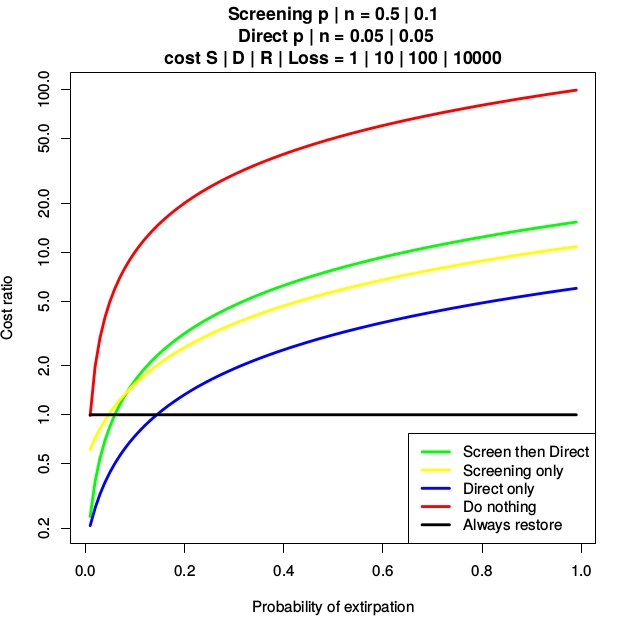
Figure 2. Direct trend measurement at fixed plots has very low false negative error, and high statistical power, by either in situ balisage or remote georeferenced videography (photos by GIS Posidonie).
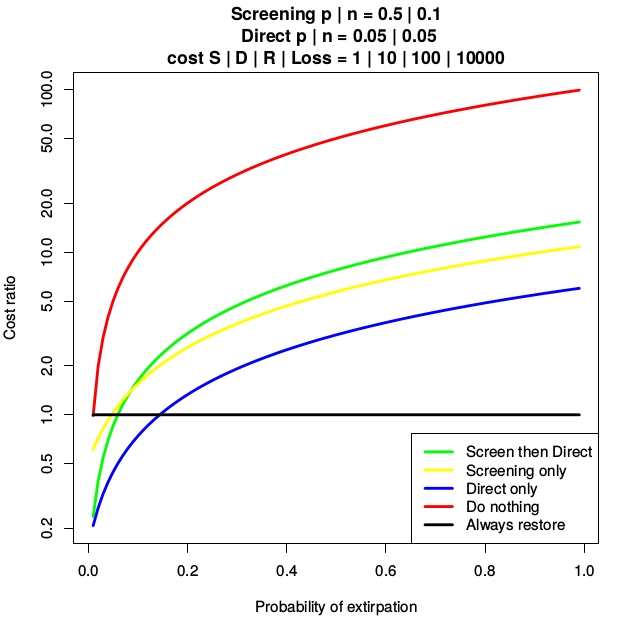
Figure 3. If the resource provides high ecological services, then we should either assess the population directly or just restore without assessment
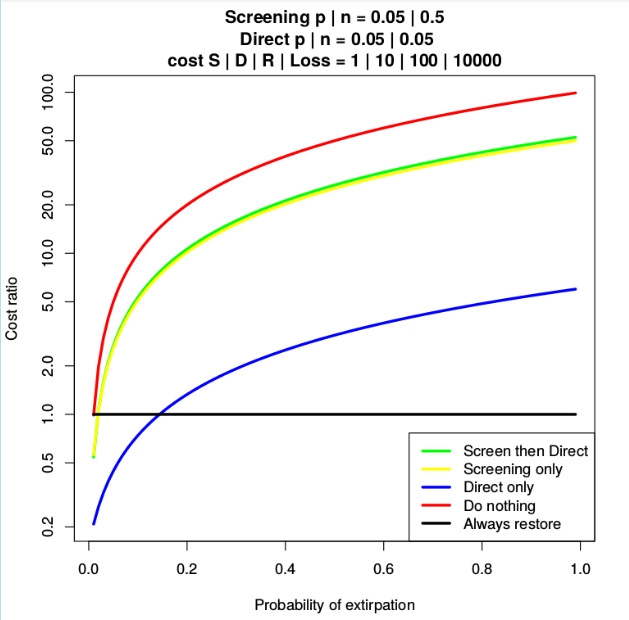
Figure 4. Avoiding the cost of a high false positive rate leads to a high false negative for the screening test, and catastrophic loss of ecological services if that test is relied on.
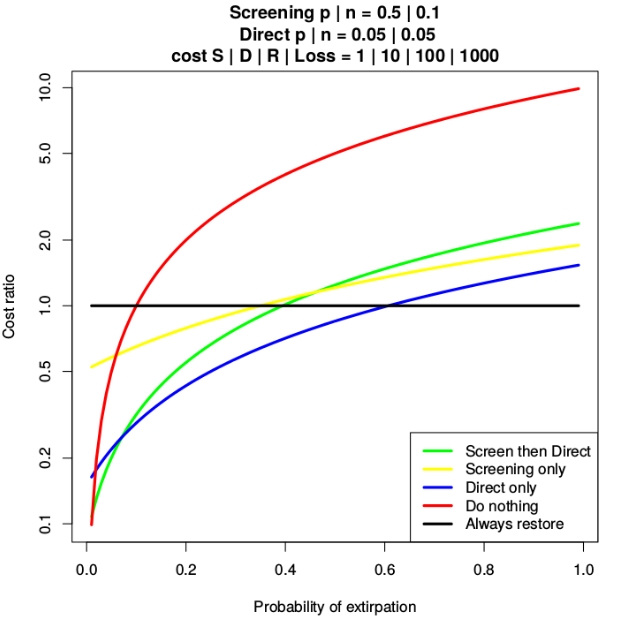
Figure 5. If the resource provides low ecological services, then we should also assess directly unless the exirpation probability is very low
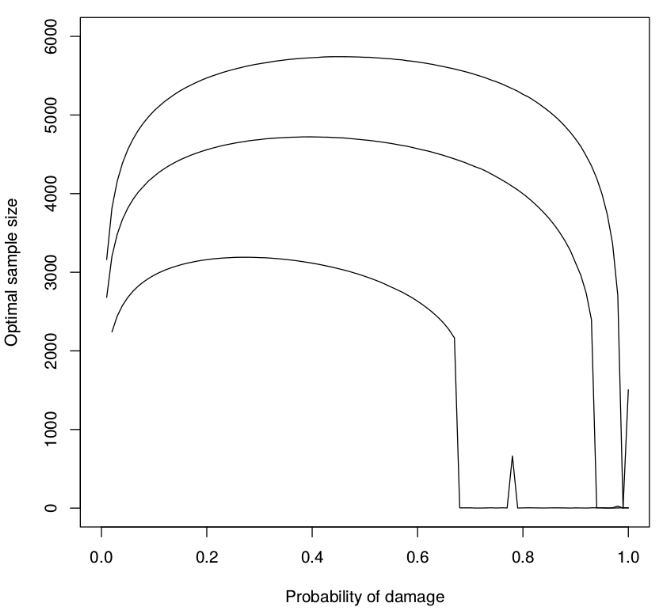
Figure 6. The optimal sample size for an assessment test is quite high, if the CV = 1. And if the probability of extirpation is high, then we should not assess at all, just recover.
Screening tests in assessments of conservation status should be abandoned unless their negative predictive value is very close to 100%. Past dependency on such tests, including the use of standing shoot density as an assessment of seagrass (Posidonia) health, may have contributed to the loss of marine resources, including documented loss of P. oceanica in the Mediterranean over the last 50 years. Where health assessment is necessary, high-power methods of trend estimation such as balisage and georeferenced videography provide the most cost-efficient management and preservation of ecological value.